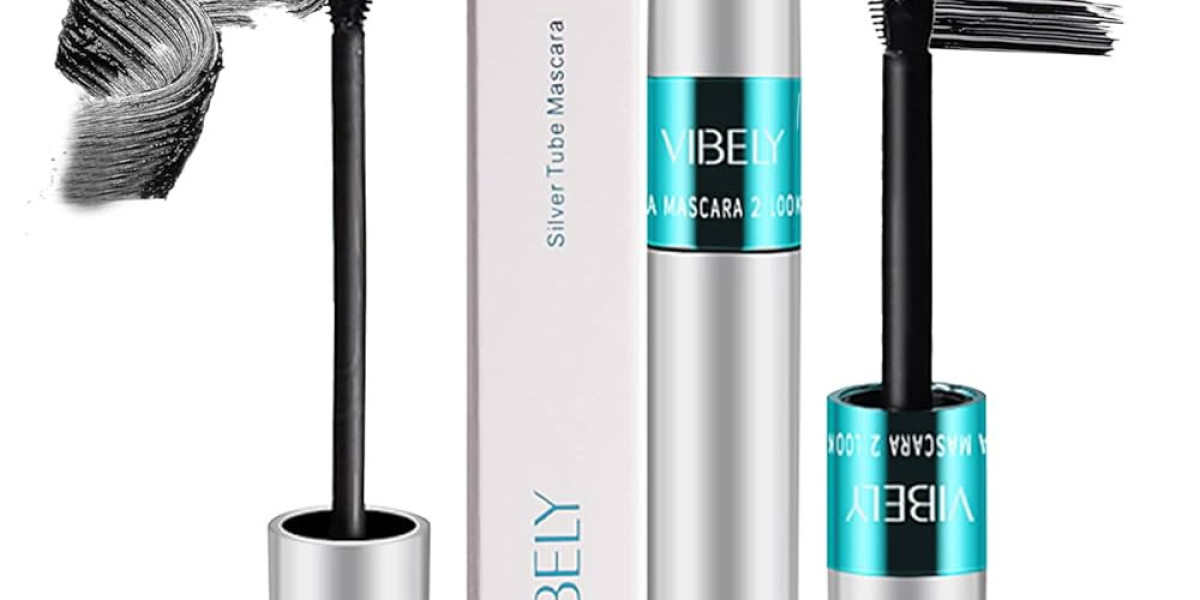Headphone quality testers have become indispensable tools for audio engineers, manufacturers, and audiophiles seeking consistent performance standards. By quantifying attributes such as frequency response, distortion, and isolation, these testers translate subjective listening experiences into objective metrics. This process ensures that every headphone model meets design specifications and market expectations. In an age where consumers demand high-fidelity sound, a structured testing regimen can be the difference between acclaim and disappointment.Get more news about Headphone Quality Tester,you can vist our website!
Key Testing Parameters
Accurate headphone assessment hinges on measuring several core parameters:
Frequency Response: Mapping output levels across the audible spectrum (20 Hz–20 kHz) to identify peaks, dips, and roll-offs.
Total Harmonic Distortion (THD): Quantifying unwanted harmonics that color the original signal.
Impedance: Measuring resistance at specific frequencies to predict amplifier compatibility and power requirements.
Sensitivity (SPL): Determining the sound pressure level generated per watt of input, reflecting loudness efficiency.
Channel Balance and Crosstalk: Verifying that left and right channels deliver uniform output without bleed.
Isolation and Leakage: Evaluating how well headphones block external noise and contain sound.
Collecting data for each metric provides a multidimensional view of performance, guiding both product refinement and quality assurance.
Testing Methodology
A rigorous testing protocol typically involves the following steps:
Environmental Preparation
Use an anechoic or semi-anechoic chamber to eliminate reflections and ambient noise.
Stabilize temperature and humidity to industry standards (e.g., 23 °C, 50% RH).
Equipment Calibration
Calibrate measurement microphones or artificial ears (IEC-compliant couplers) using reference tone generators.
Verify signal generators against known standards to ensure waveform purity.
Signal Selection
Employ sine sweeps for frequency response analysis.
Use multi-tone or pink noise for distortion and noise floor measurements.
Mounting and Positioning
Affix headphones to couplers with standardized clamping force to mimic human head impedance.
Ensure repeatable alignment between transducer and microphone aperture.
Data Acquisition
Record raw voltage and sound pressure level data across specified frequencies and input levels.
Capture time-domain waveforms for transient and impulse response evaluation.
Data Processing
Apply smoothing algorithms and averaging to reduce measurement noise.
Compute THD, phase response, and polar patterns as required.
Software and Hardware Integration
Modern headphone quality testers combine specialized hardware with intuitive software interfaces:
Measurement Hardware
High-precision sound level meters or artificial ear simulators.
Low-noise preamplifiers to preserve signal integrity.
Digital audio converters with at least 24-bit resolution and 192 kHz sampling rate.
Analysis Software
Real-time plotting for frequency response, THD, impedance curves.
Automated report generation, enabling batch testing of multiple units.
Custom scripting capabilities to integrate proprietary calibration files.
This seamless integration accelerates throughput in production environments and facilitates detailed bench testing during research and development.
Interpreting and Utilizing Results
Raw measurement data gains value when compared against design targets and industry benchmarks:
Pass/Fail Criteria
Define acceptable tolerance bands (e.g., ±3 dB frequency response deviation).
Establish thresholds for THD (e.g., under 0.5% at 1 kHz).
Comparative Analysis
Overlay test results from different models to visualize performance trade-offs.
Track component variance over production runs to anticipate maintenance.
Consumer Insights
Translate technical graphs into simplified quality scores for marketing materials.
Highlight standout metrics, such as exceptional bass extension or superior isolation.
Using these insights, manufacturers can refine tuning, optimize driver selection, and streamline quality control workflows.







